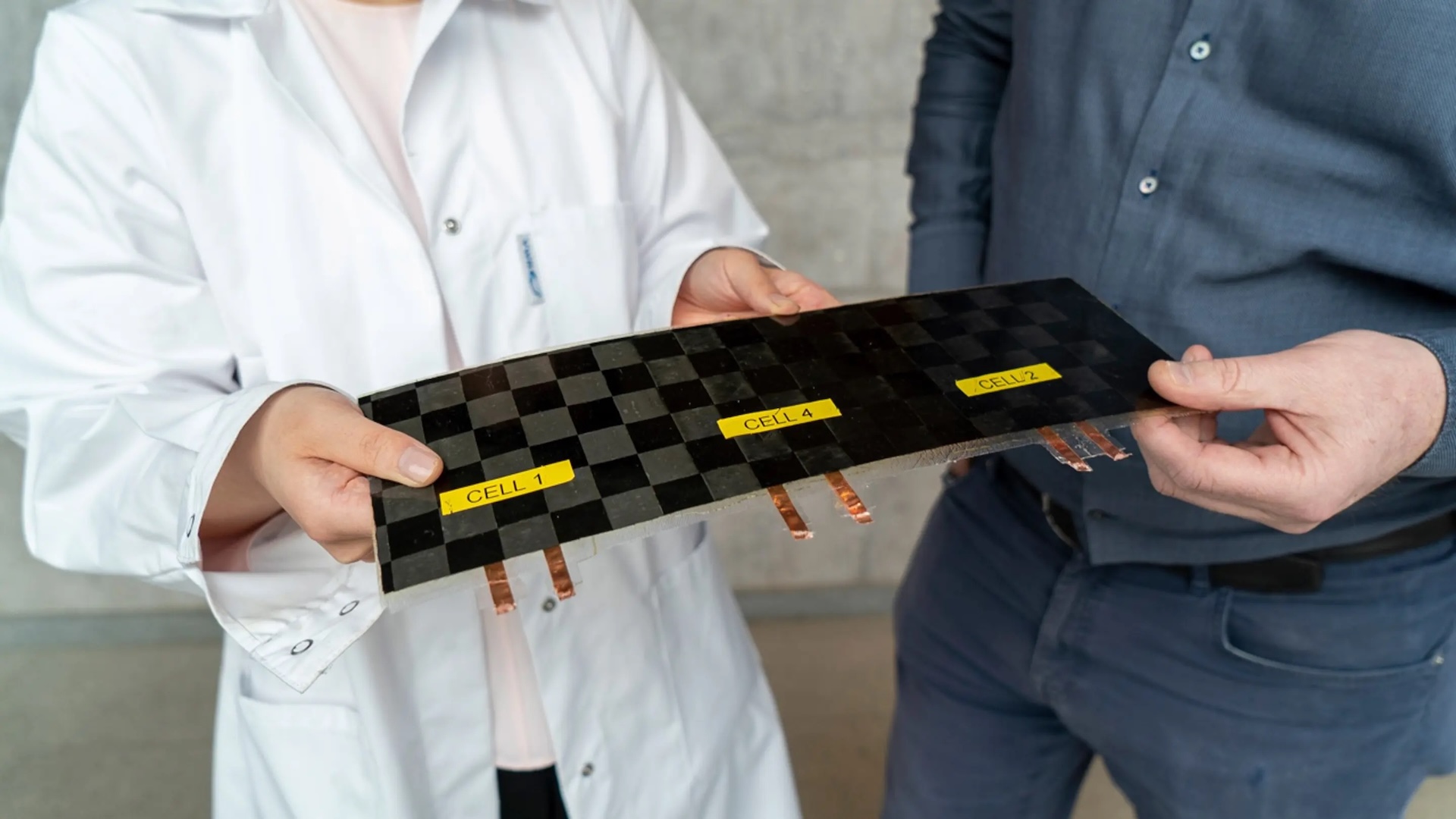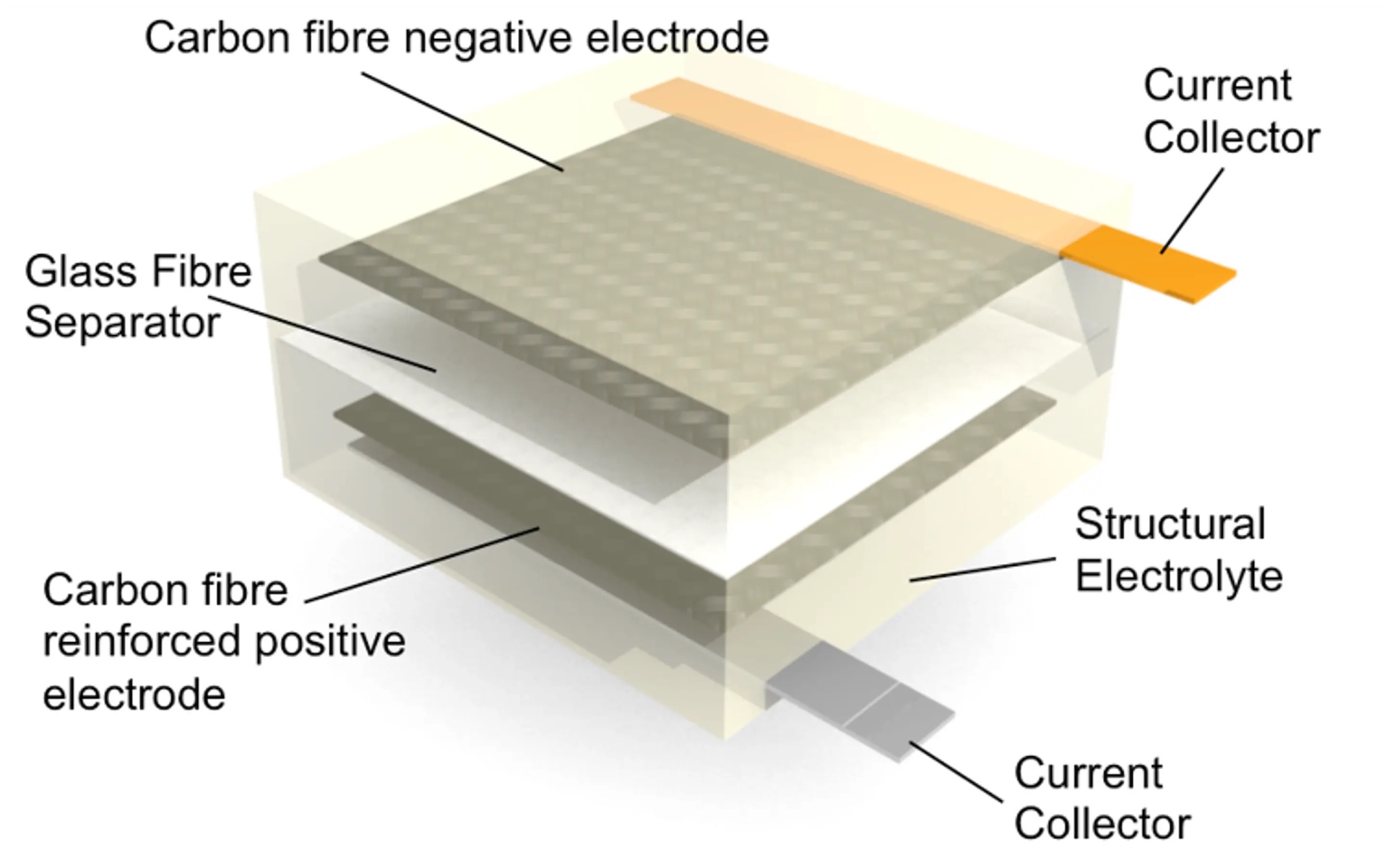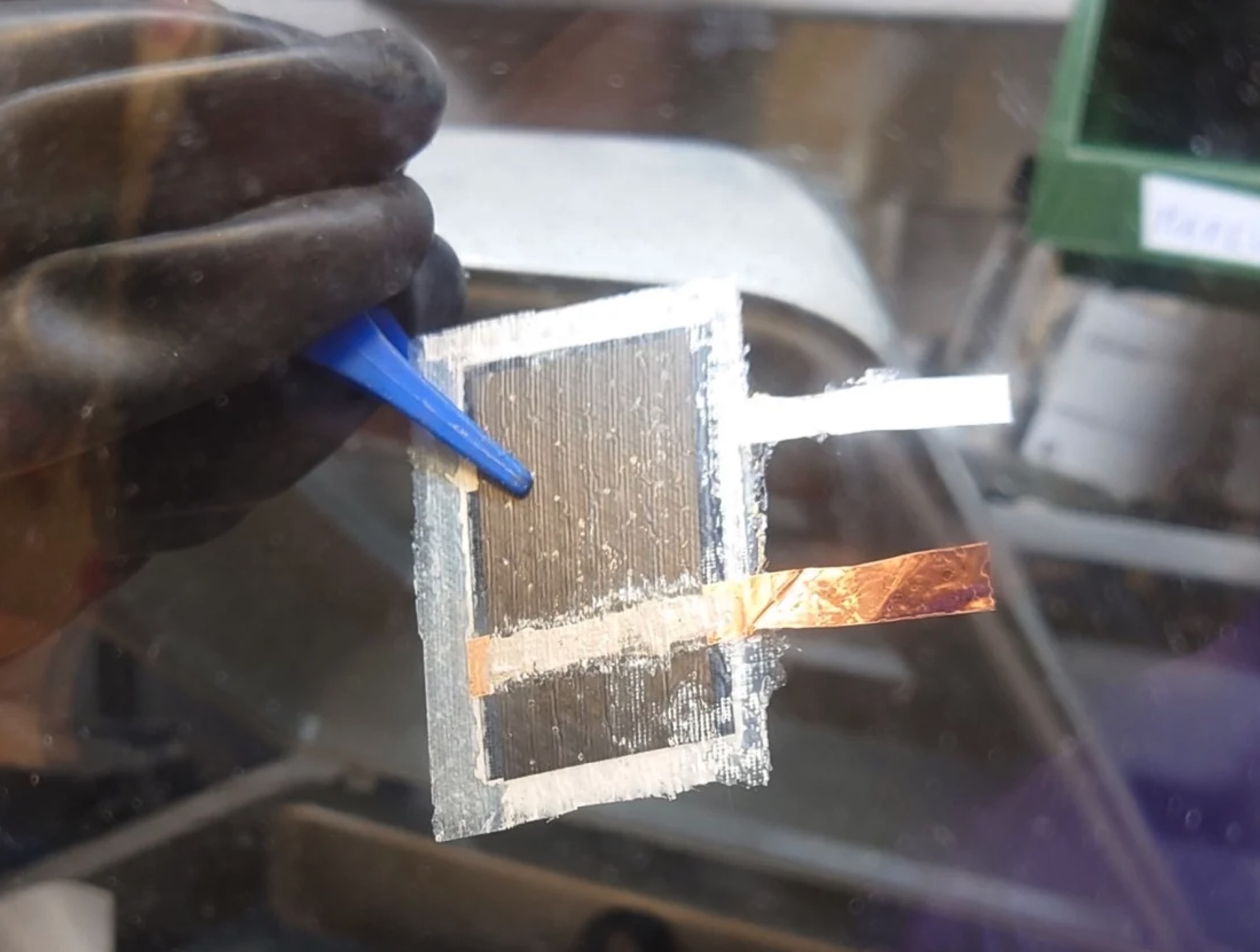Carbon fiber hewn structural batteries heralded as 'massless' solution for lighter devices
When your laptop's case is also its battery, it's bound to be more lightweight.

A Swedish startup could revolutionize building lighter laptops and other portable devices through its work with multipurpose materials. Specifically, its work with carbon fiber could lead to “massless” batteries where the material serves as energy storage and as part of the device’s outside case.
Tech startup Sinonus sprang from research at Chalmers University of Technology in Gothenburg, Sweden. A research team there has been working for years on developing carbon fiber that offers both the stiffness required for structural integrity and the electrochemical performance needed to store energy.
Chalmers University of Technology and venture capital firm Chalmers Ventures spun the project into the startup, and Sinonus is now working to commercialize carbon fibers that double as electrodes. Sinonus has already developed a proof of concept, replacing AAA batteries in the lab with its carbon-electrode batteries.
Of course, AAA batteries are a far cry from the ones you find in your laptop or smartphone. The challenge lies in engineering the carbon fiber crystals to have the energy density required to be effective. While Sinonus hasn’t published its current energy-density metrics, the 2021 prototype at Chalmers University only came in at 24 Watt-hours per kilogram (Wh/kg). By comparison, existing lithium-ion batteries in laptops typically have an energy density between 80 and 120 Wh/kg.
The recently appointed CEO at Sinonus, Markus Zetterström, acknowledged this challenge. However, he also pointed out that the material doubling as a structural integrity component helps justify the loss of electrical storage efficiency. “Storing electrical energy in carbon fiber may perhaps not become as efficient as traditional batteries, but since our carbon fiber solution also has a structural load-bearing capability, very large gains can be made at a system level,” he told New Atlas.
As Sinonus describes it, using “the mass that is already there” to store energy could serve to reduce the weight and volume of the device while still improving overall system performance. After all, if your laptop is smaller and lighter while still giving the same battery life, it hardly matters that the material storing the energy isn’t as efficient as a LiON battery pack.
Get Tom's Hardware's best news and in-depth reviews, straight to your inbox.

Jeff Butts has been covering tech news for more than a decade, and his IT experience predates the internet. Yes, he remembers when 9600 baud was “fast.” He especially enjoys covering DIY and Maker topics, along with anything on the bleeding edge of technology.
-
kyzarvs Asking the obvious question - if it's structural, what happens / how safe is it when it breaks?Reply -
edzieba Structural batteries are common for EVs, though those are usually can-type Lithium chemistry batteries rather than pouch cells. Can-type lithium batteries were common when removable batteries were common (why some were 'lumpy' rather than purely rectangular) and did indeed serve as structural stiffeners for laptops.Reply -
Dementoss Reply
No, they are not. The housing under the floor, in which the batteries are contained, is often a structural element of the body shell.edzieba said:Structural batteries are common for EVs -
Notton Yeah, structural batteries in cars is not a thing yet. They're supposed to reduce weight, but no one seems to have figured out how to make it serviceable.Reply
I think Tesla's cybertruck is the only one that uses it right now? And uhh... that thing has been recalled, so.... yeah
I'm not entirely sure where the use cases would be.
If it can't take a beating, then cars, bikes, scooters, laptops would be out.
Maybe it'd be okay for phones and tablets?
But how would you comply with EU laws for serviceability if it's scaled larger than a laptop?
If it can take a few drops or being banged around, then yay! -
JTWrenn Not a bad idea for extra battery but don't think this will every be the whole battery. Combine this idea with an existing laptop battery and you get a what 10% increase maybe? Not a bad thing but the cost would probably be extreme.Reply -
edzieba Reply
Nope. Some have isolated cells (cells are isolated from loads in the container walls) but others use the cells as structural elements. The cell cans, the cell contents (dry electrolyte only) and the potting compound all work together as part of a single structural element. Here's a teardown of a structural battery pack.Dementoss said:No, they are not. The housing under the floor, in which the batteries are contained, is often a structural element of the body shell.

